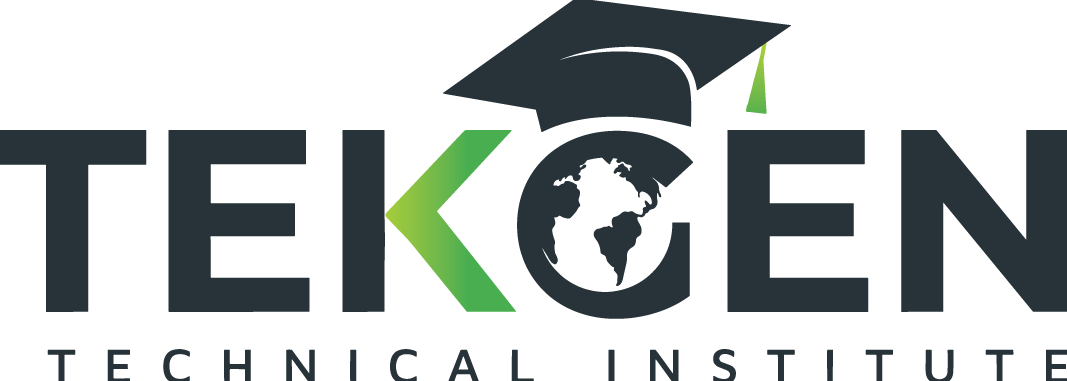The Role of Technology in Improving Manual Handling Safety
Introduction
Workplace safety has always been a top priority, but as industries evolve, so do the risks faced by workers. Manual handling—lifting, carrying, pushing, or pulling loads—remains one of the most common causes of workplace injuries. Despite the best efforts of safety training and ergonomic practices, manual handling continues to lead to musculoskeletal disorders (MSDs), back pain, and even long-term disability. Traditionally, safety focused on employee awareness and physical improvements, but technology is now reshaping manual handling safety like never before.
In an age where workplace accidents can significantly disrupt operations and harm employee wellbeing, integrating advanced technologies into manual handling practices is not just an innovation—it’s a necessity.
Why Manual Handling Needs Technological Support
Even with the best training and ergonomic solutions, human error, fatigue, and physical limits often lead to injuries. Workers, especially those in physically demanding roles, are bound by the constraints of their physical capabilities. For instance, after several hours of repetitive lifting or moving heavy items, their ability to maintain proper posture diminishes, increasing the likelihood of poor lifting techniques. This is where technology steps in, bridging the gap between human limitations and safety.
By integrating safety devices, mechanical aids, and artificial intelligence (AI), employers can not only reduce risks but also enhance productivity. Technology doesn’t replace the human element—it complements it, ensuring that workers can focus on their tasks without being overburdened by physical strain.
Technological Innovations in Manual Handling
1. Mechanical Lifting Aids
Trolleys, pallet trucks, forklifts, and hoists are some of the most common mechanical lifting aids that have been introduced in workplaces. These devices are essential in industries like warehousing, construction, and logistics, where workers handle large volumes of heavy goods regularly.
Impact on Safety: These aids significantly lower injury risks by reducing the need for employees to manually lift heavy loads.
Efficiency Gains: Not only do these devices reduce the risk of musculoskeletal injuries, but they also speed up material handling, increasing overall operational efficiency. A study by the Occupational Safety and Health Administration (OSHA) found that workplaces using mechanical lifting aids experienced a 40% reduction in injuries related to manual handling.
2. Wearable Technology
Smart belts, exoskeletons, and posture sensors are helping workers maintain proper posture and reduce back strain. These wearable devices offer continuous support to the body, particularly the lower back, during heavy lifting.
Real-time Feedback: These wearables alert employees when they’re lifting incorrectly, bending too far, or exerting excessive strain on their bodies.
Example: Ekso Bionics’ exoskeleton is being used in industries such as construction and automotive manufacturing. This wearable suit helps workers lift heavy objects by assisting their muscles, reducing strain and injury.
Impact on Safety: These wearables are not only useful for immediate injury prevention but also help improve long-term employee wellbeing by supporting the body throughout a shift.
3. Automation & Robotics
Automated systems such as conveyor belts and robotic arms have revolutionized manual handling by performing repetitive tasks such as sorting, lifting, and packaging.
Impact on Safety: This technology minimizes human involvement in high-risk lifting tasks, such as handling heavy machinery or dangerous materials. The automation of these tasks helps reduce exposure to repetitive strain injuries and ensures that processes are performed efficiently.
Example: In warehouses, Amazon uses robots like Kiva to carry items to employees instead of workers walking long distances to retrieve heavy packages, effectively reducing strain and injury risks.
4. AI-Powered Risk Assessment Tools
AI, combined with data analytics and IoT sensors, is being used to track and predict risks in real time. For instance, companies use AI-powered sensors to analyze weight distribution, monitor the number of lifts performed, and identify potential injury patterns based on data.
Predictive Analytics: These tools can predict when a worker is likely to experience fatigue or strain based on workload data, allowing companies to adjust shifts or provide breaks before injury occurs.
Impact on Safety: AI-driven tools can detect patterns that human supervisors might miss, ensuring that risks are mitigated proactively, reducing injury rates. Companies like Fitbit and Wearable Technologies have partnered with safety programs to offer real-time insights into employee wellbeing.
Benefits of Technology in Manual Handling
Reduced Injuries
With smart devices and lifting aids, workers are less likely to experience musculoskeletal injuries. Ergonomically designed equipment and sensors also help avoid injuries related to repetitive movements.
The introduction of technology has resulted in a 30-50% reduction in injuries across various industries like warehousing and healthcare.
Improved Productivity
Tasks that once took multiple workers or considerable time can now be completed much faster with the help of mechanical aids and automation, allowing businesses to handle higher volumes of work in less time.
Automated systems free workers from physically demanding tasks, enabling them to focus on higher-value activities, improving both efficiency and job satisfaction.
Real-Time Feedback
Wearable technology gives workers immediate feedback, promoting safe practices and ensuring that the correct lifting techniques are followed. This reduces accidents caused by poor posture or fatigue.
For example, devices like LiftUp provide continuous real-time feedback when an employee is lifting improperly, allowing them to make corrections on the spot.
Employee Well-Being
Technology supports employee health by reducing the physical strain of manual handling. Exoskeletons, wearable posture correctors, and lifting aids provide employees with physical support, which can help prevent long-term damage to muscles and joints.
Cost Savings
With fewer injuries, companies experience lower compensation claims, reduced medical costs, and decreased downtime.
An investment in safety technology pays off by reducing the direct and indirect costs associated with worker injuries, including lost productivity and temporary staff costs.
Challenges of Implementing Technology
While the benefits are clear, integrating technology into manual handling practices comes with its own set of challenges:
Initial Costs
Investing in lifting aids, robotics, and wearables requires upfront costs, which may be prohibitive for smaller businesses. However, these initial expenses are often recouped over time through cost savings from reduced injuries and improved productivity.
Training Needs
Training workers to use new technology is essential to ensure effectiveness. Businesses must allocate resources to familiarize workers with new systems, such as robotic arms or wearable sensors.
Ongoing training is also necessary as technology evolves.
Maintenance
Mechanical aids and robotics require regular maintenance and servicing to remain functional. Businesses must plan for the costs and logistics associated with maintaining these devices.
The Future of Manual Handling Safety
As industries move toward Industry 4.0, we can expect:
More advanced AI-driven safety monitoring systems that provide even deeper insights into worker safety.
Wider adoption of wearable exoskeletons in industries like construction, where manual lifting tasks are common.
Increased automation in sectors like logistics and warehousing, where repetitive lifting tasks can be completely removed.
The future is clear: technology will play a central role in both protecting workers and improving operational efficiency.
Conclusion
Manual handling safety has evolved from basic training to advanced technological solutions. With lifting aids, wearables, robotics, and AI-powered tools, workplaces are becoming safer, employees are healthier, and productivity is higher.
Employers who invest in these technologies not only comply with safety standards but also future-proof their workforce, ensuring that manual handling remains as safe and efficient as possible.


